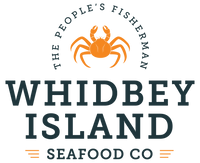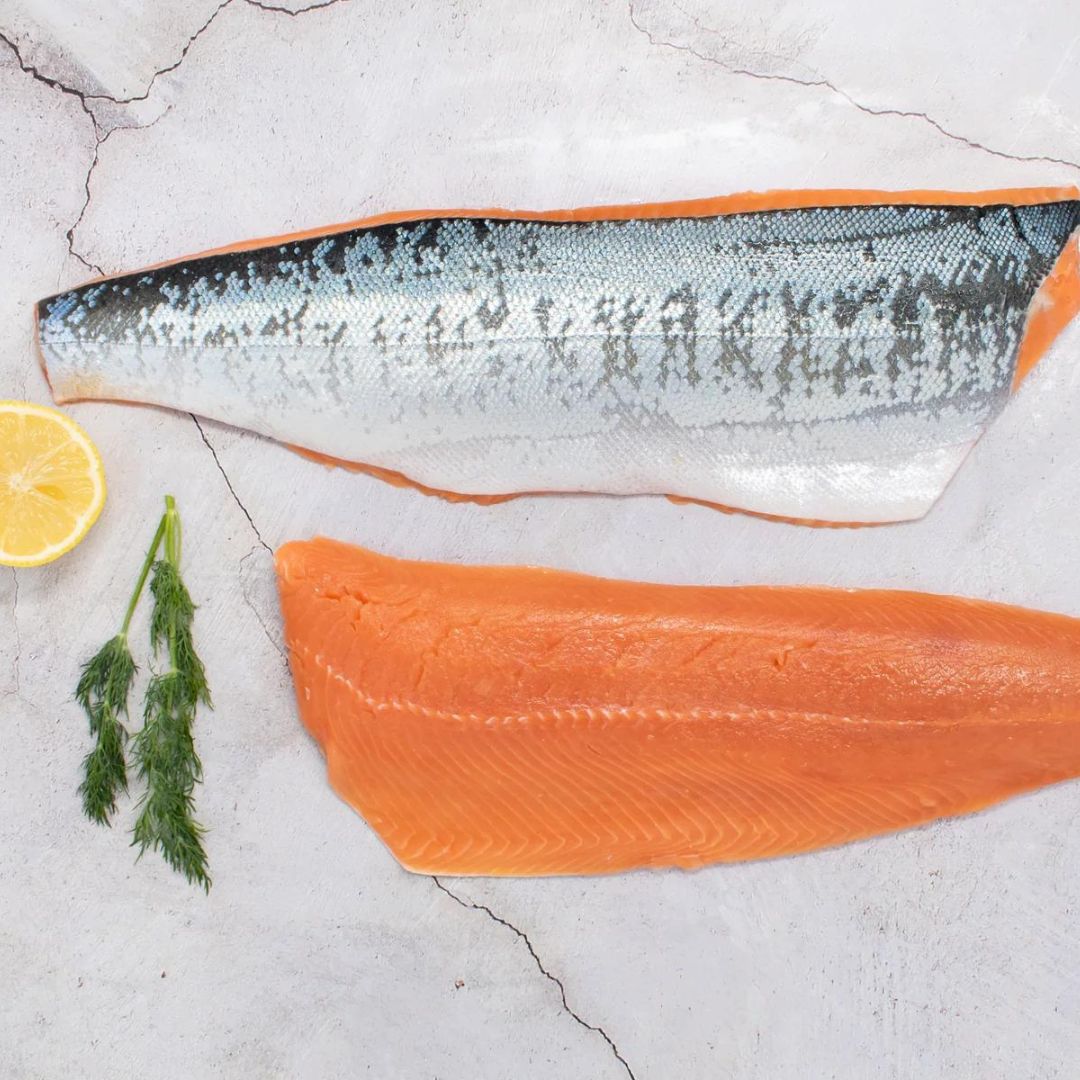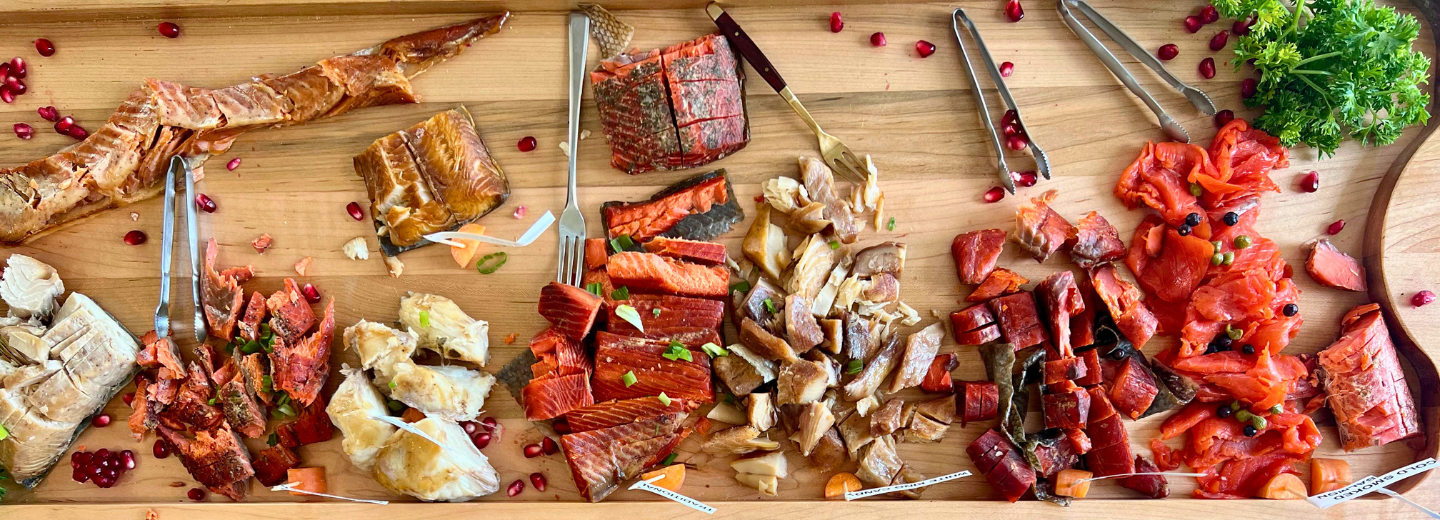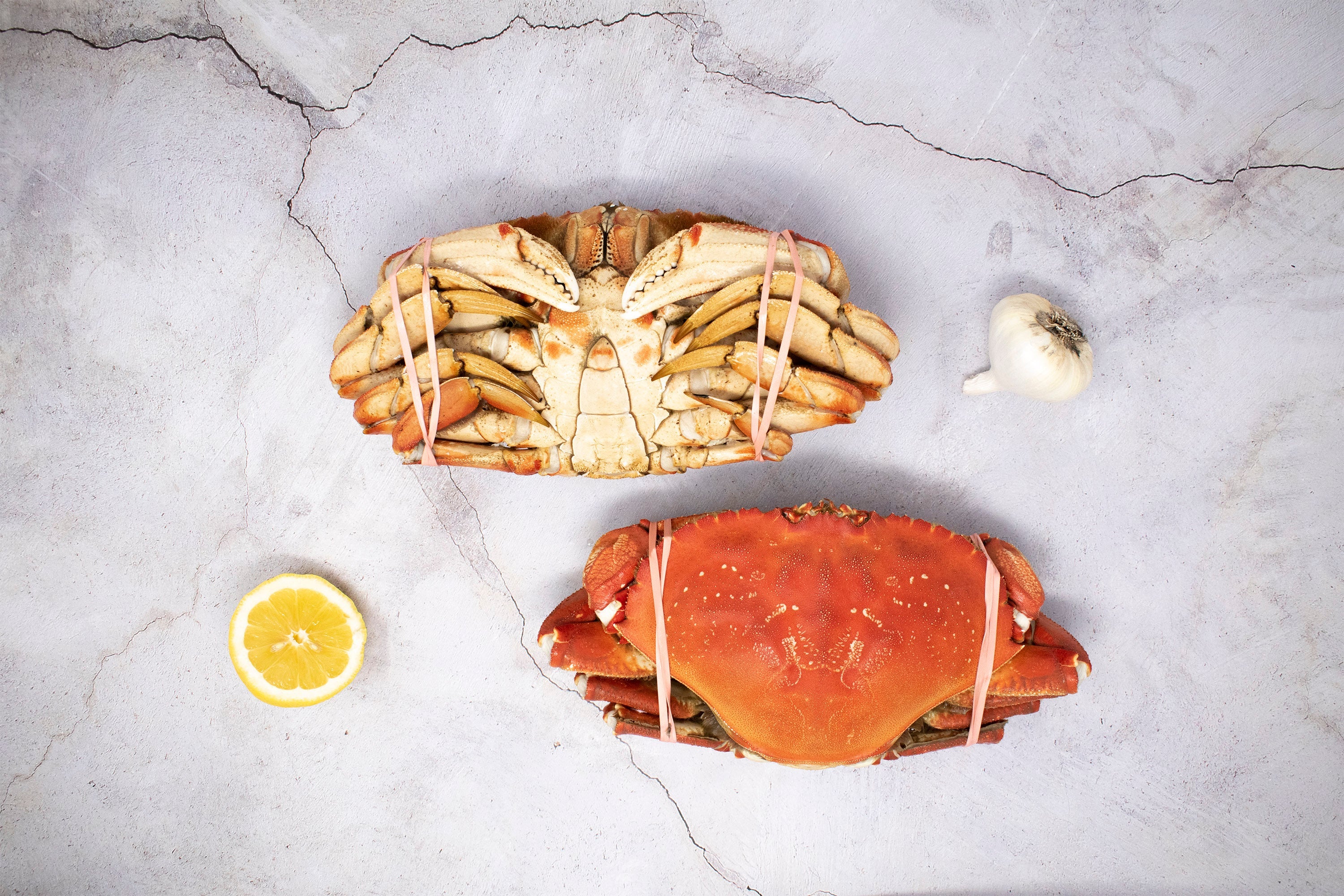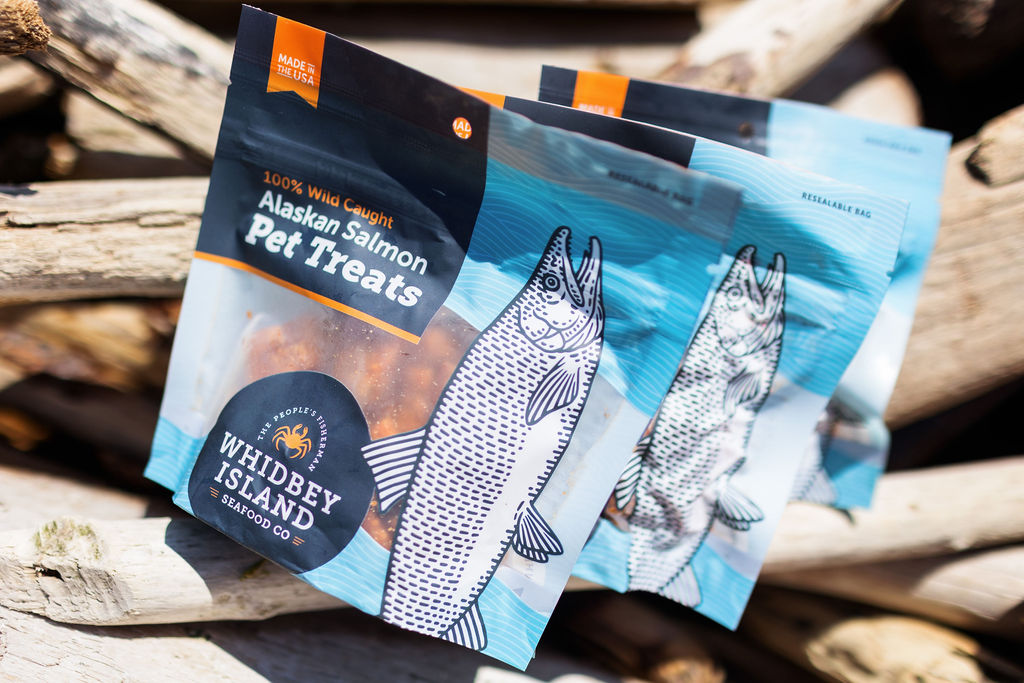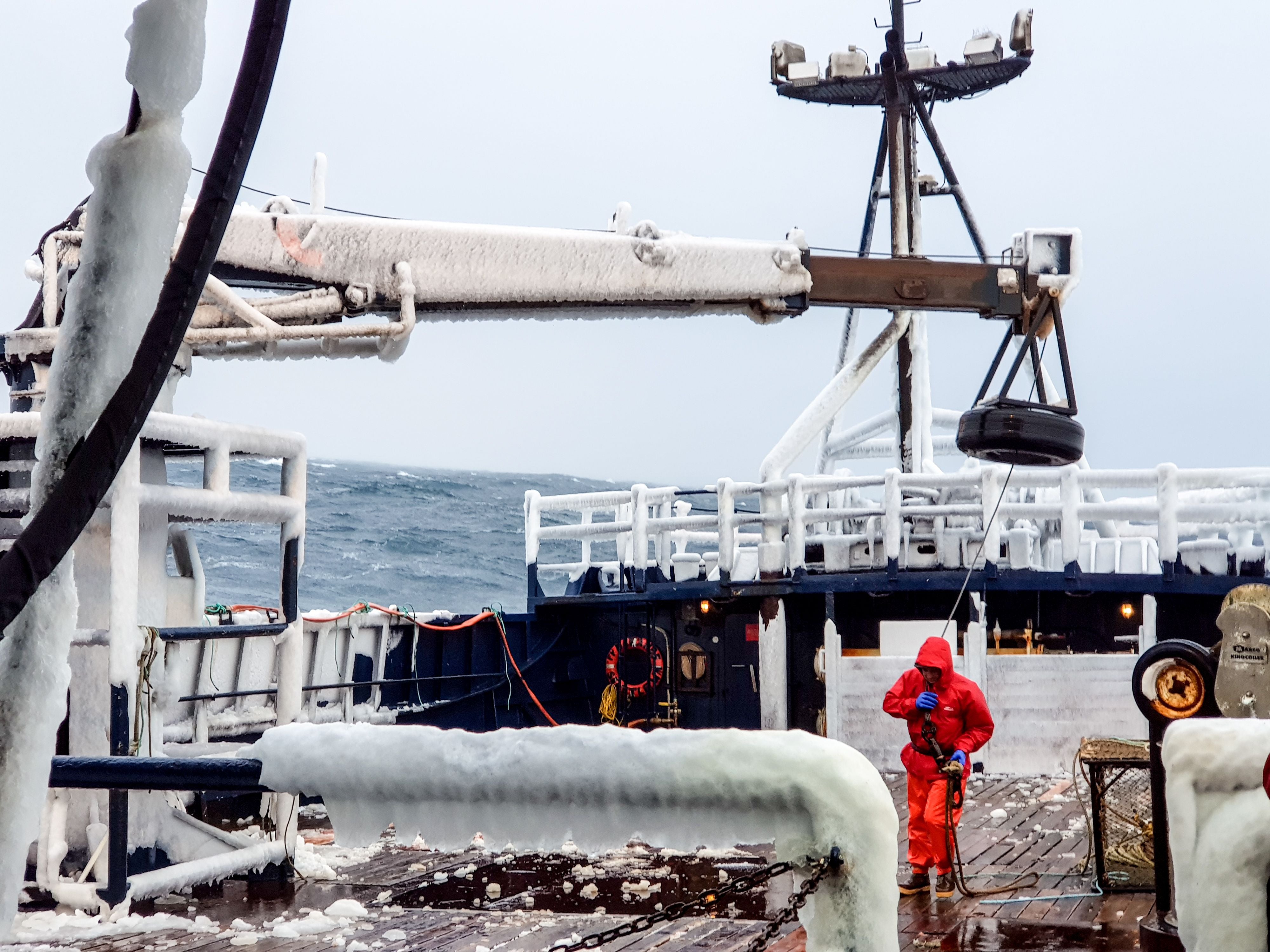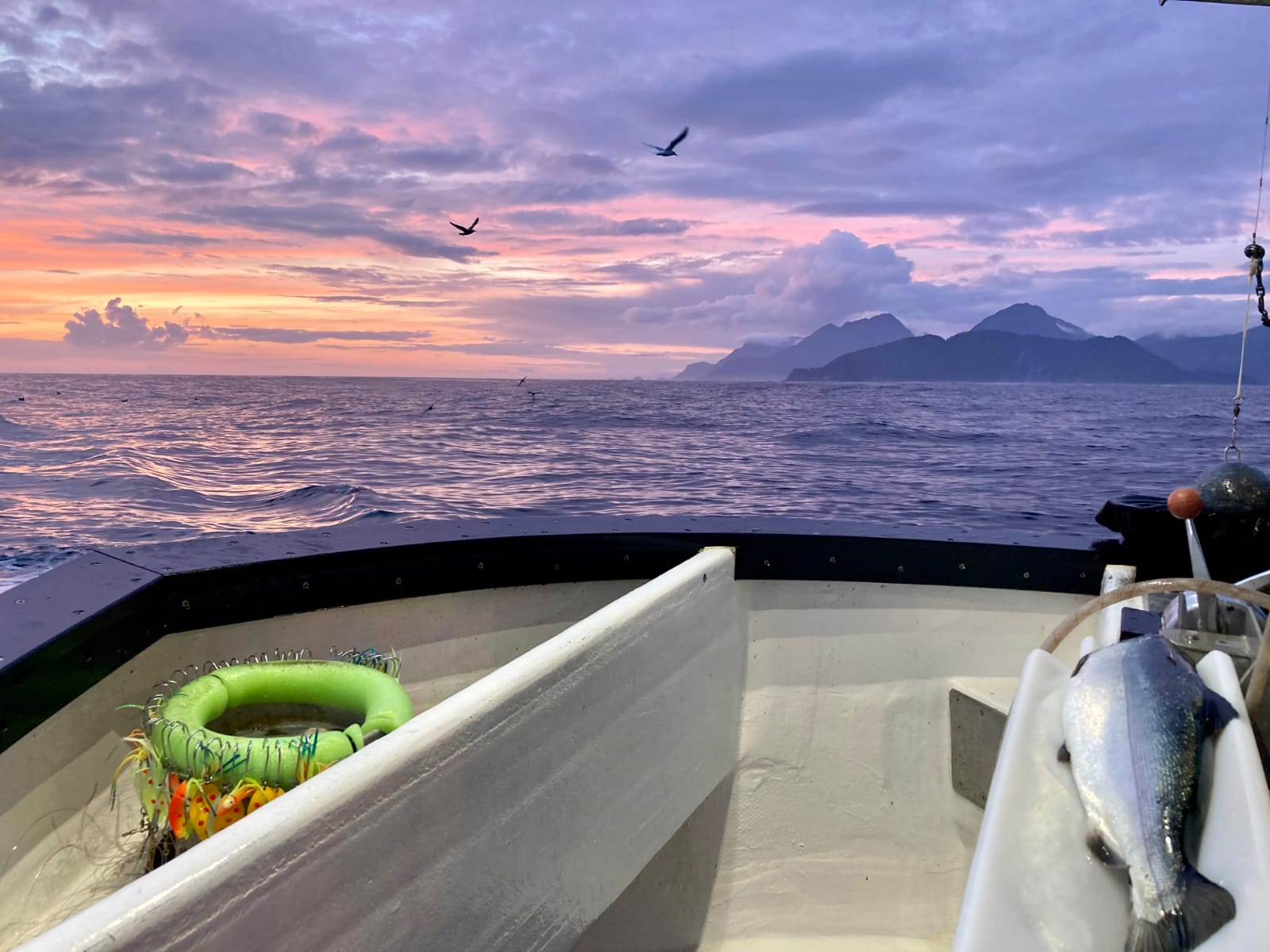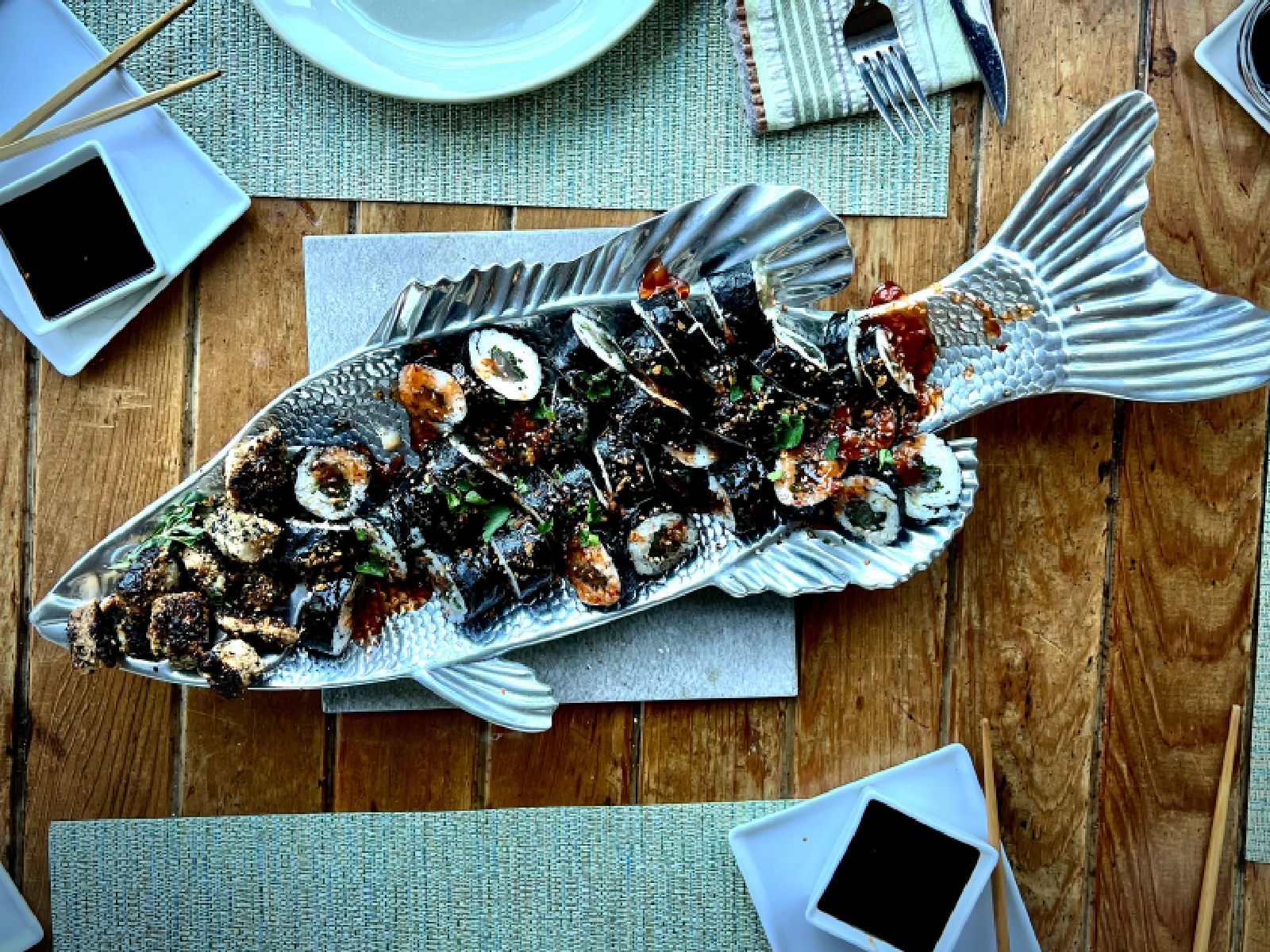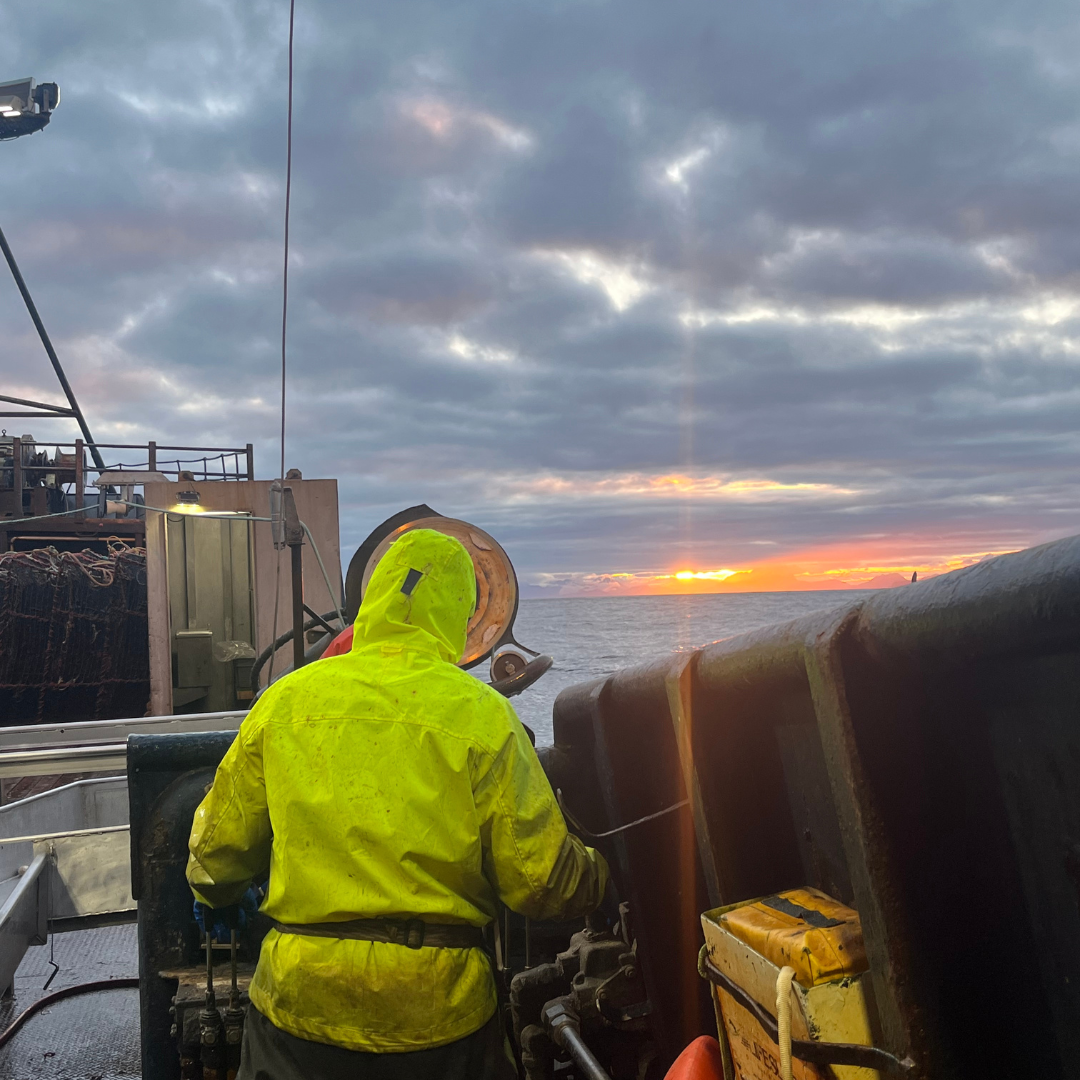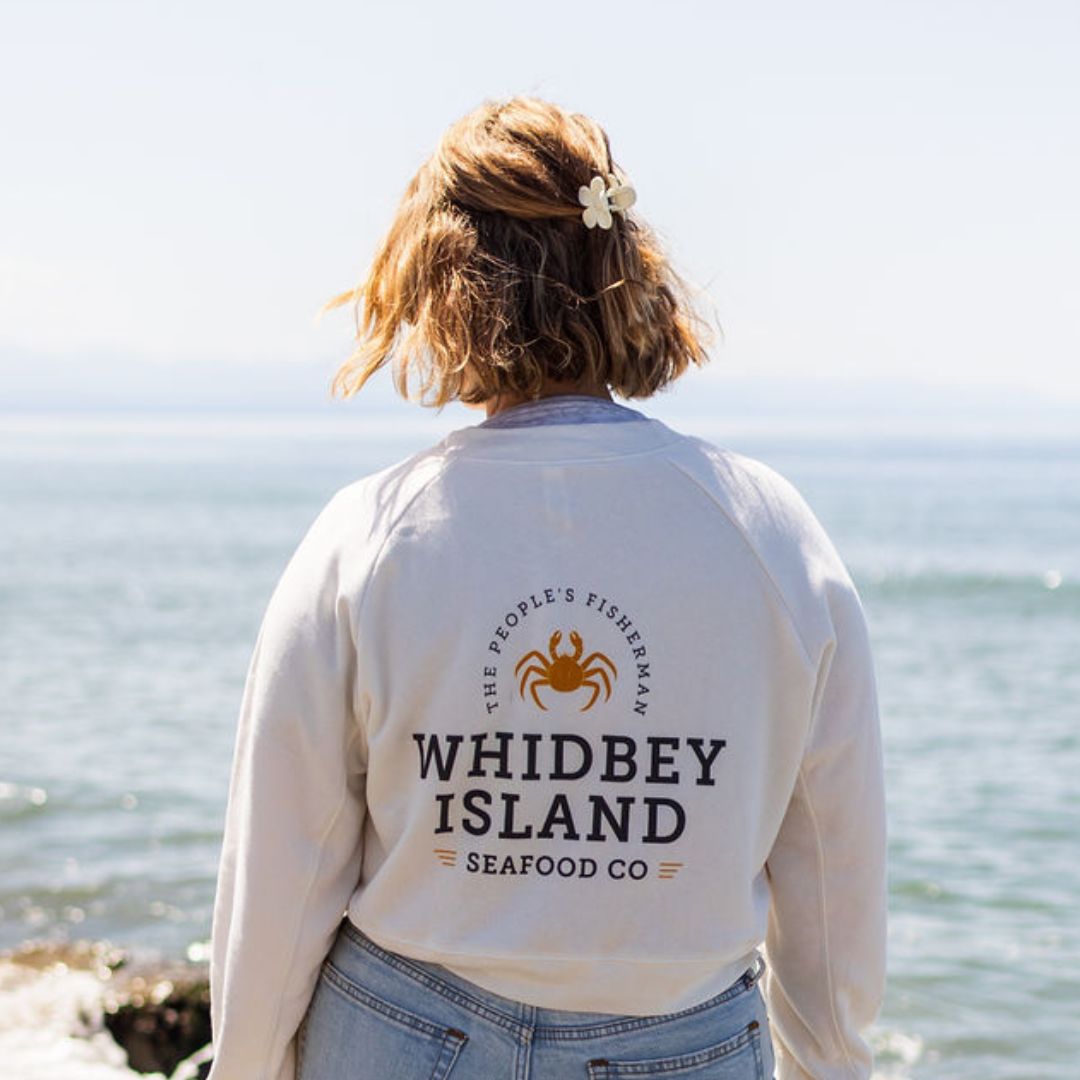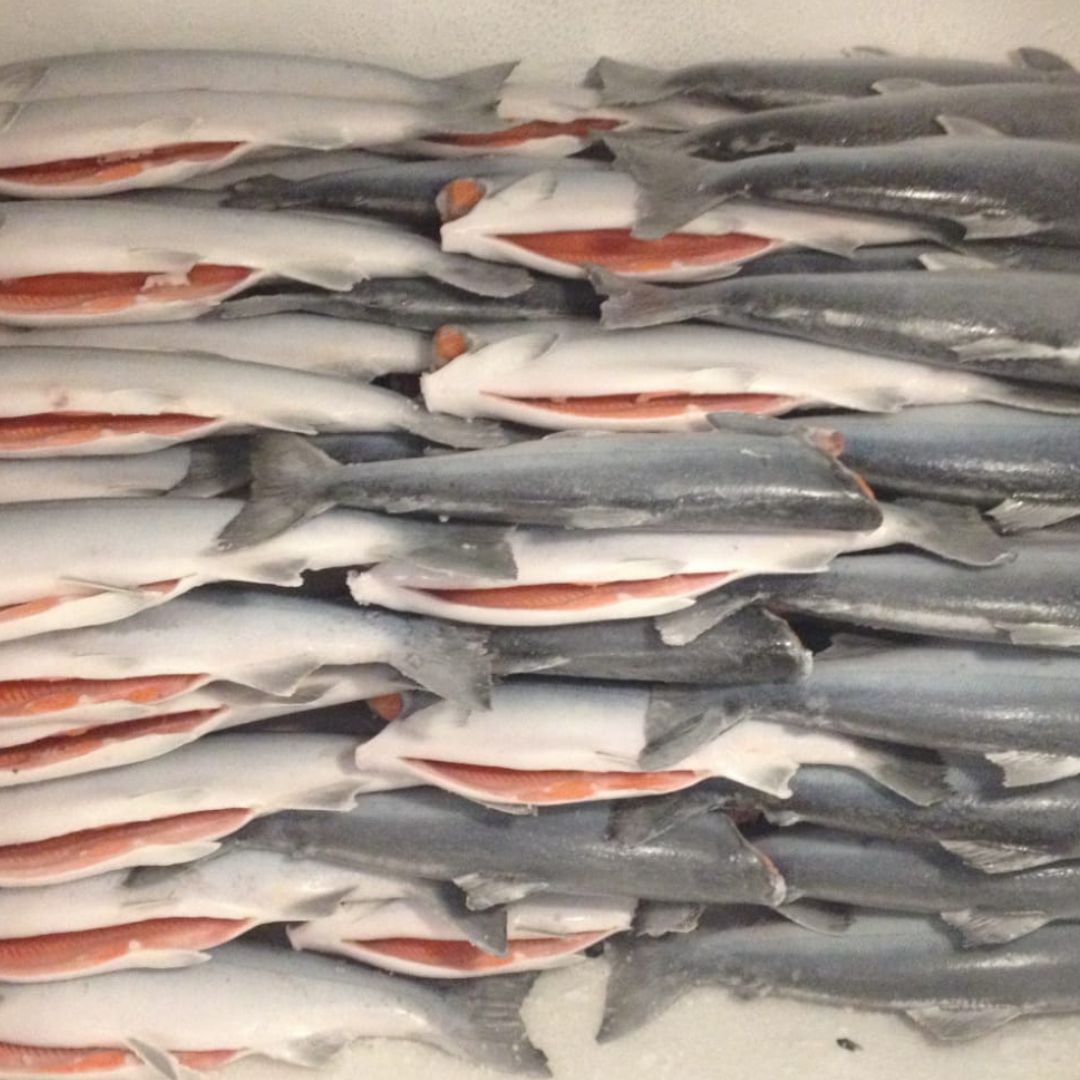Sustainable seafood is a vital part of preserving marine ecosystems while ensuring future generations can enjoy the bounty of the ocean. However, myths surrounding this topic often lead to confusion. Let’s debunk some of the most common misconceptions about sustainable seafood, with a focus on wild-caught practices.
Myth 1: Sustainable Seafood Means Limited Supply
Truth: Sustainable fisheries prioritize maintaining healthy fish populations by regulating harvest limits based on scientific data. For example, in Alaska, the Total Allowable Catch (TAC) is always set below the Acceptable Biological Catch (ABC), ensuring fish populations remain abundant while supporting the fishing industry.
The state of Alaska uses a science-based, precautionary approach to set harvest levels, balancing conservation with the needs of local economies. This ensures seafood availability for today and the future.
Myth 2: Buying Sustainable Seafood is Too Expensive
Truth: While sustainable seafood may sometimes cost more due to responsible harvesting practices, it often provides better long-term value. Wild-caught Alaskan seafood, harvested under strict sustainability guidelines, is a great example of high-quality, responsibly sourced food available at competitive prices, especially when purchased directly from local providers like Whidbey Seafoods.
Myth 3: All Wild-Caught Seafood is Sustainable
Truth: Not all wild-caught seafood is sustainably harvested. True sustainability involves adherence to science-based catch limits, habitat protection, and ecosystem management. Alaska is a global leader in sustainable fishing, with protections written into its state constitution since 1959.
Every fishery in Alaska is regulated to prioritize long-term ecological health, proving that not all wild-caught fisheries are created equal.
Myth 4: Eating Wild-Caught Seafood Harms Marine Ecosystems
Truth: Sustainable fishing practices minimize environmental impact. Techniques like selective fishing gear and bycatch reduction strategies protect marine life and habitats. Properly managed fisheries ensure a balance between harvesting seafood and preserving ocean health.
By choosing wild-caught seafood from trusted sources, you contribute to the protection of marine ecosystems.
Myth 5: Sustainability Labels are Just Marketing Gimmicks
Truth: Certifications like Alaska's Responsible Fisheries Management (RFM) and the Marine Stewardship Council (MSC) are grounded in rigorous, science-based standards. These certifications confirm that seafood is harvested sustainably, legally, and with full traceability to its source.
Both RFM and MSC undergo regular, independent third-party audits, providing a trustworthy assurance to consumers looking to make responsible choices.
Myth 6: Wild-Caught Seafood Is Always Overfished
Truth: Not all wild-caught fisheries are overfished. Many are carefully managed to maintain healthy fish populations and marine ecosystems. Regulatory measures like seasonal closures, catch limits, and gear restrictions ensure the sustainability of these fisheries.
For example, the National Oceanic and Atmospheric Administration (NOAA) enforces strict guidelines in U.S. waters to protect fish stocks and habitats. Supporting wild-caught seafood from well-managed fisheries helps sustain ocean biodiversity and ensures a future supply of seafood.
Myth 7: Wild-Caught Seafood Isn’t Always Fresh
Truth: Freshness doesn’t always mean “never frozen.” Wild-caught seafood is often flash-frozen immediately after harvest, locking in peak freshness, flavor, and nutrients. In fact, this process often results in higher quality than seafood labeled as “fresh,” which may have spent days in transit.
At Whidbey Seafoods, we prioritize proper handling and storage to bring you the best-tasting seafood straight from the water.
We’re proud to offer wild-caught seafood sourced from responsible fisheries. Supporting sustainable practices means investing in the health of our oceans, our communities, and future generations. Explore our offerings and join us in making informed, sustainable seafood choices today!
Sources
